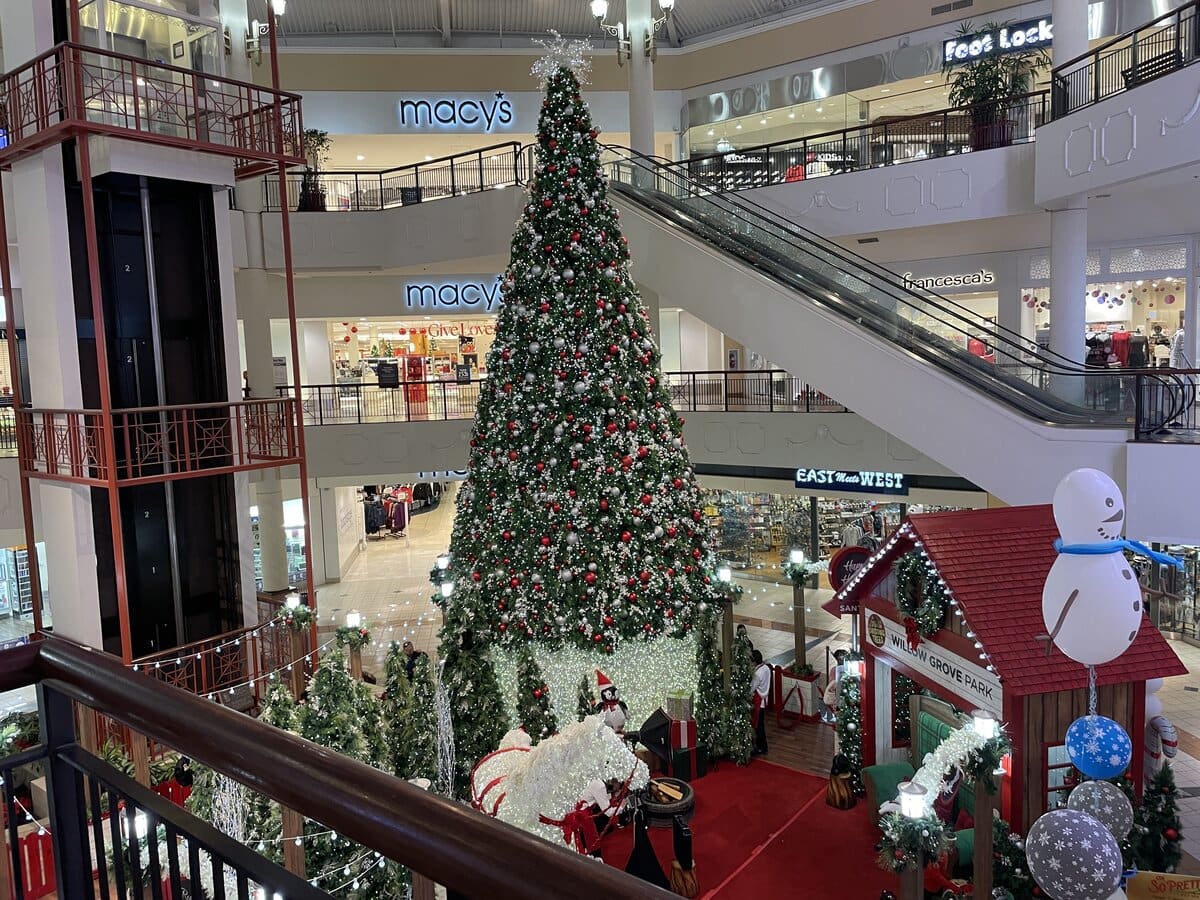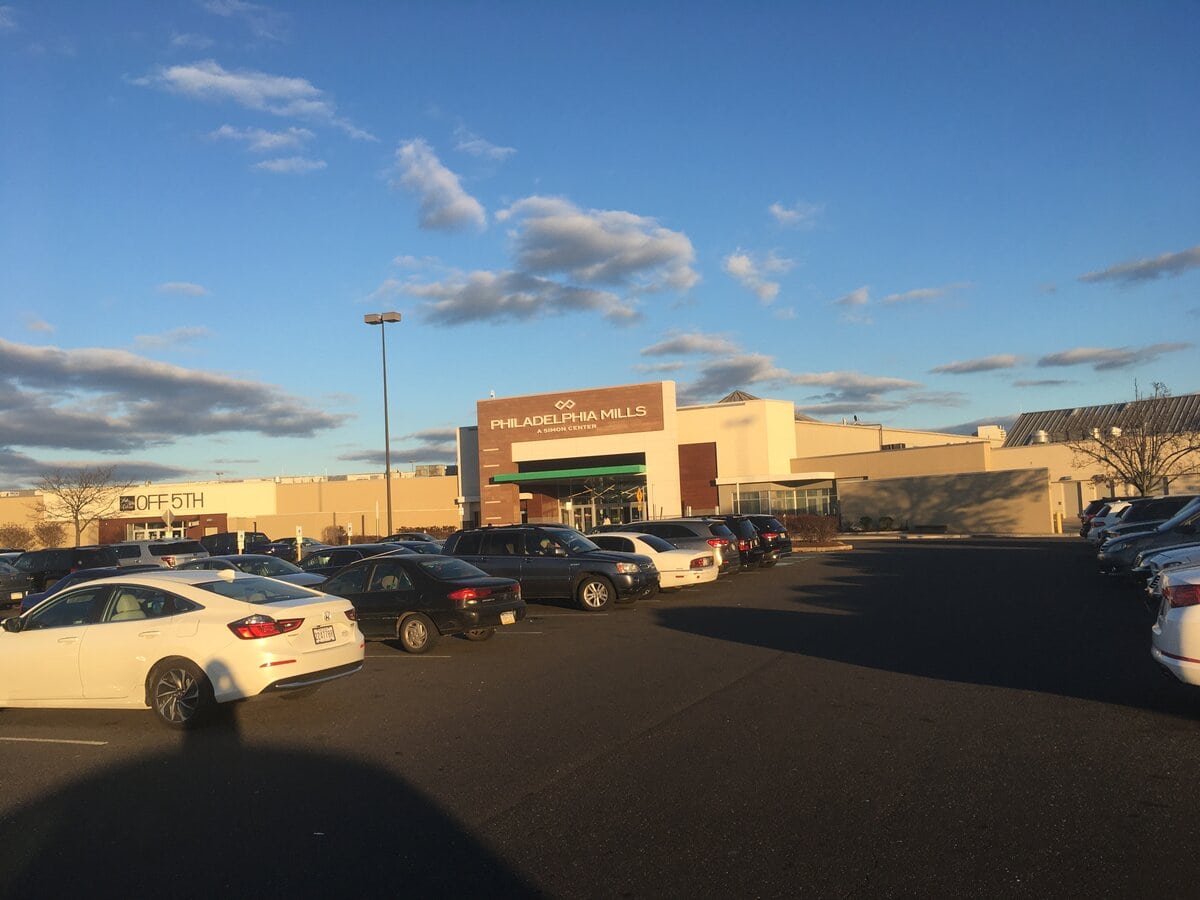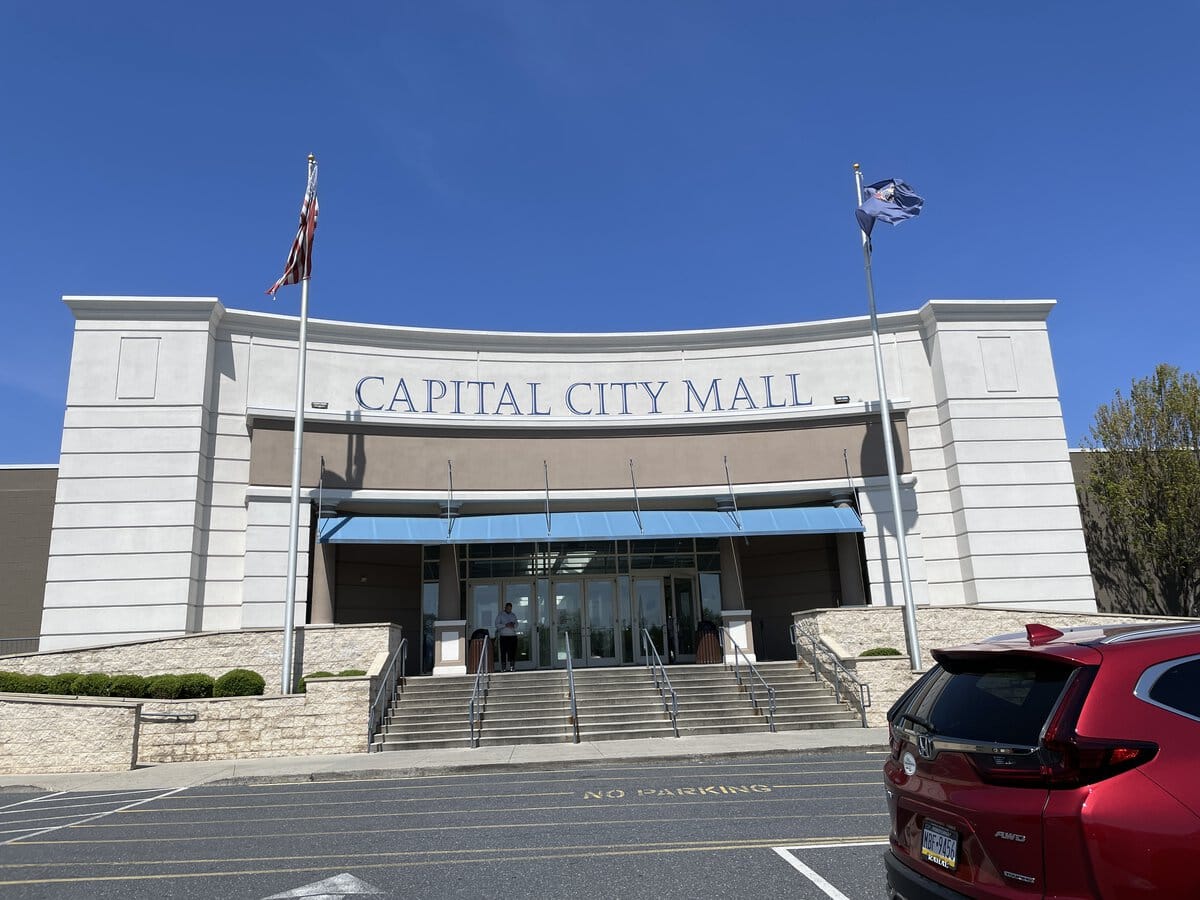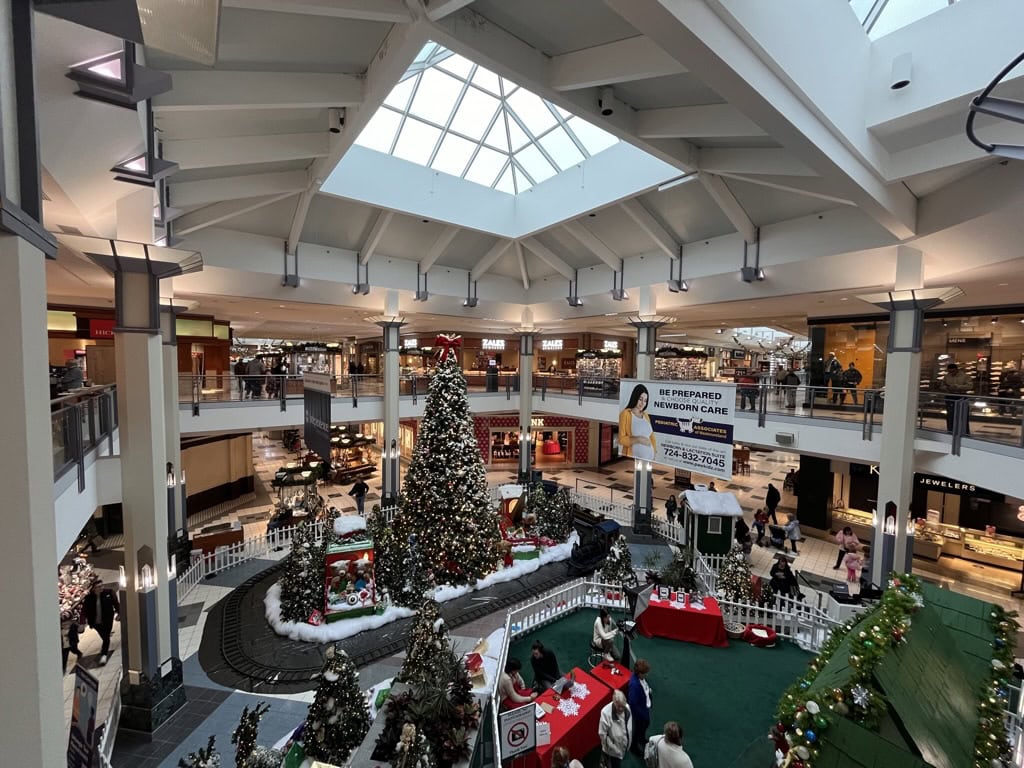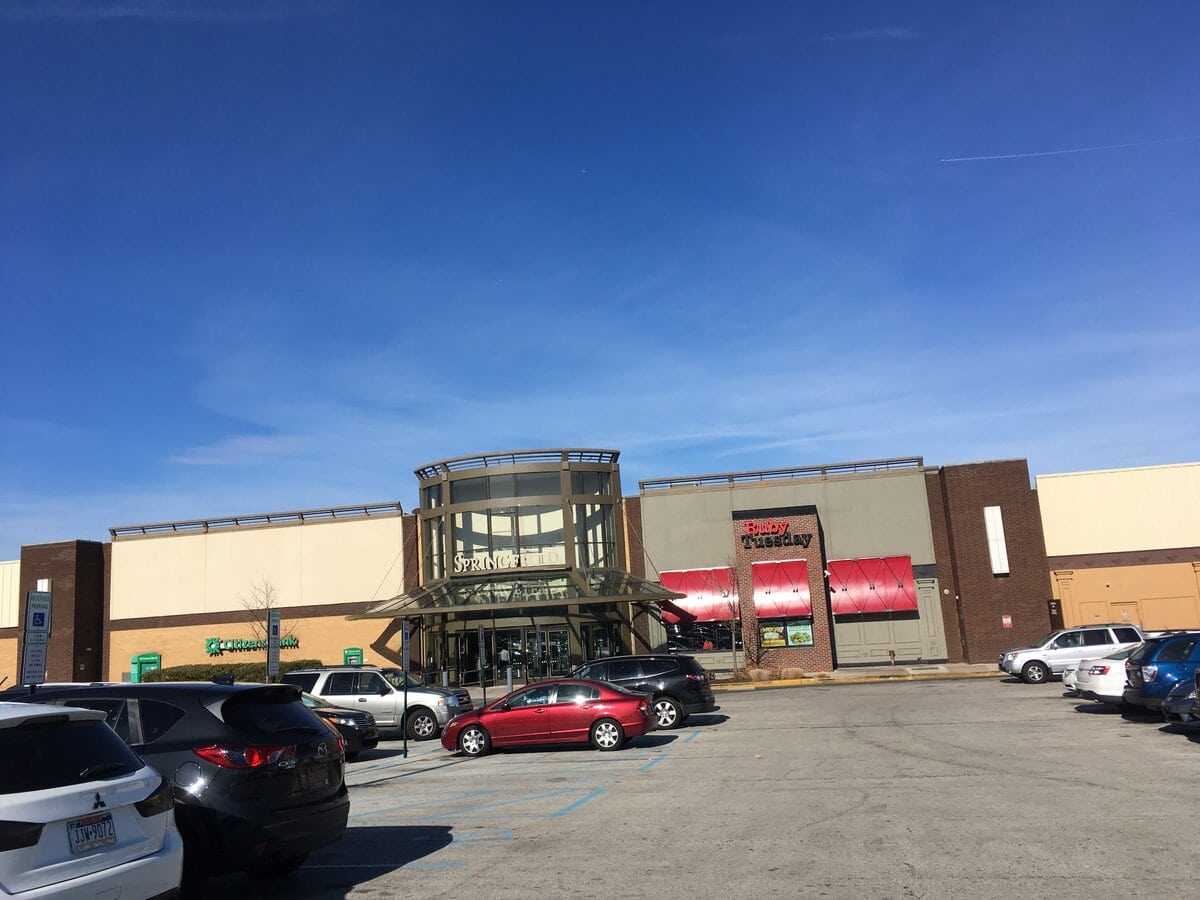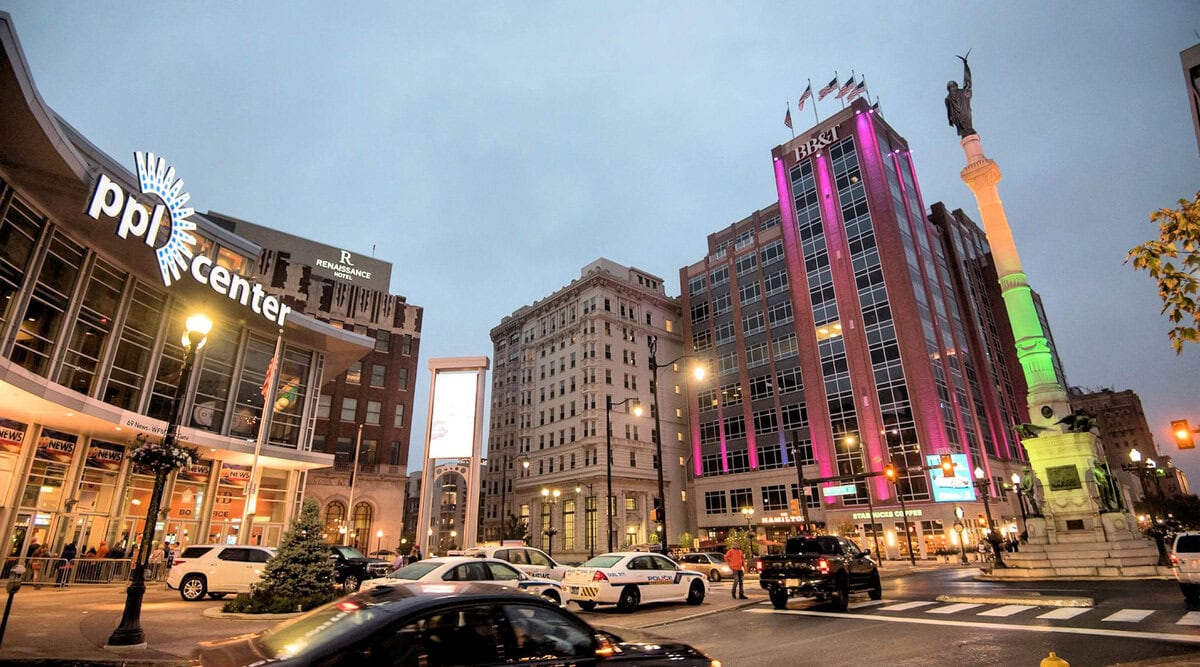Every city has a stretch that feels like its front porch - open, busy, and full of stories. In Philadelphia, that space runs along Market Street, where the Fashion District Philadelphia tries to resist shifting trends.
If you have ever looked for things to do in Philadelphia, chances are you have wandered past it without knowing how much change those walls have seen.
Old-timers remember The Gallery. New visitors see a retail center juggling shopping, entertainment, and survival. What happened in between deserves a closer look.
From The Gallery to Fashion District - Market Street's Retail Evolution
When The Gallery first opened its doors at 9th and Market Streets in 1977, it was a bold move.
Developers placed a two-level urban shopping center right in Center City, banking on public transit access and busy foot traffic to keep the halls full.
By the early 1980s, The Gallery II expansion stretched the complex even further, trying to meet demand as Philadelphia grew.
Ownership shifted in the early 2000s. PREIT took control in April 2003, adding Gallery II to its portfolio a year later.
At that point, the combined space boasted about 1.1 million square feet of retail.
Anchors like Strawbridge & Clothier and Gimbels gave it weight, and by peak times, over 130 stores operated under its roof.
Signs of strain started showing by the late 2000s.
An aborted plan to slot a Foxwoods Casino into the site in 2008 grabbed headlines, hinting that retail alone might not be enough to sustain the property.
Kmart shuttered its Gallery location in 2014.
That same year, Macerich bought a 50% stake and announced a $325 million redevelopment partnership with PREIT.
By August 2015, demolition began. The new project promised a facelift that would keep Burlington and Century 21 open during construction.
The grand reopening missed its first target date in spring 2018 but eventually happened on September 19, 2019.
The rebranded Fashion District Philadelphia leaned into mixed retail, dining, and entertainment instead of outlets, trying to mirror how shoppers' habits had shifted.
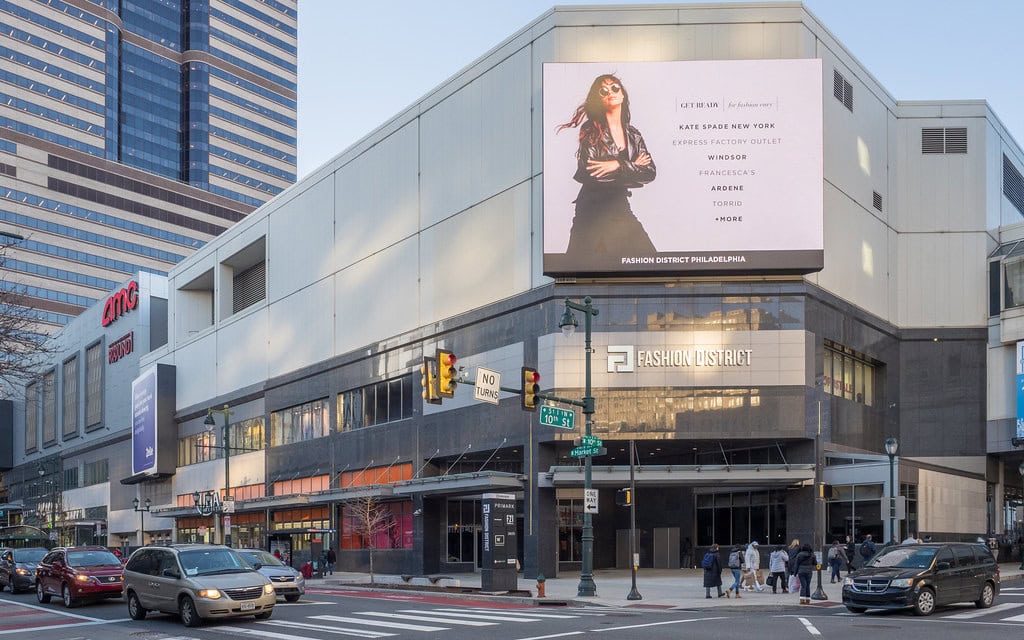
Retail Anchors and Entertainment Tenants Reshaping Market Street
When Fashion District Philadelphia reopened in September 2019, it tried to balance old-school retail with modern entertainment.
Instead of chasing luxury outlets as some malls had done in the early 2010s, the developers leaned into anchors that would draw steady, middle-tier crowds.
Burlington stuck around through the construction.
Primark signed on for a 34,200-square-foot spot at the corner of 11th and Market Streets, finally opening its doors on September 16, 2021.
AMC Dine-In Fashion District 8 opened earlier, on November 4, 2019.
For a city that went 17 years without a downtown multiplex, the theater added energy - and a little hope that Center City could once again feel like a destination after sunset.
Round One Entertainment followed on December 21, 2019, with bowling, arcade games, and karaoke rolled into one spot.
Beyond the headline names, Fashion District Philadelphia lined its corridors with brands aimed at everyday shoppers.
H&M set up a store alongside Nike Factory Store, Sephora, and Ulta Beauty.
Management took a gamble on blending practical retailers with spots that were about spending time as much as money.
The strategy worked for a while. In 2020, foot traffic was respectable by urban retail standards.
Century 21, however, closed that same year after the chain filed for bankruptcy, leaving a noticeable hole.
Giant Heirloom Market opened at Fashion District Philadelphia on December 16, 2021, in the former Strawbridge's space at 8th Street.
After poor performance, the store closed on December 28, 2024, adding to the mall's ongoing tenant turnover.
By 2023 and 2024, more gaps began to show. Beef Jerky Experience closed its location in September 2023, citing falling foot traffic.
Forever 21, one of the longtime draws for teen shoppers, left the mall in the spring of 2025.
Those losses complicated the district's ability to keep occupancy stable.
Yet even in early 2025, about 80% of the retail space remains leased, lower than suburban averages but better than some other city malls fighting the same uphill battle.
Ownership Changes and Financial Realities in Center City Retail
Behind the scenes, Fashion District Philadelphia faced an even rougher road with ownership and debt.
Macerich bought a 50% share in July 2014, investing $106.8 million to kickstart the mall's redevelopment alongside PREIT.
The initial agreement seemed solid at the time, with both companies expecting a sharp return once construction wrapped.
Reality bit hard after the 2019 reopening. Retailers everywhere fought online competition, and even the boldest brick-and-mortar projects struggled.
PREIT filed for bankruptcy in 2020.
To keep the Fashion District project afloat, Macerich stepped in, taking over operational management on January 1, 2021.
As part of the restructuring, Macerich made a $100 million payment on a $301 million loan backed by the mall.
The problems did not stop there. PREIT filed for bankruptcy a second time on December 11, 2023, underlining how tough the retail landscape had become.
After that filing, Macerich bought out PREIT's share entirely, becoming the sole owner of Fashion District Philadelphia by early 2024.
With full ownership came full risk.
The mall's financial health hinges on filling empty spaces and keeping foot traffic high enough to satisfy lenders.
New ideas floated in mid-2024, including proposals to convert part of the property into biomedical research space.
That plan signaled how commercial property owners in Center City have started thinking about alternative uses when pure retail cannot support a project alone.
At the start of 2025, Fashion District Philadelphia holds its ground, but the margin for error keeps getting thinner.
With each passing season, the dream of an all-retail revival along Market Street looks less likely.
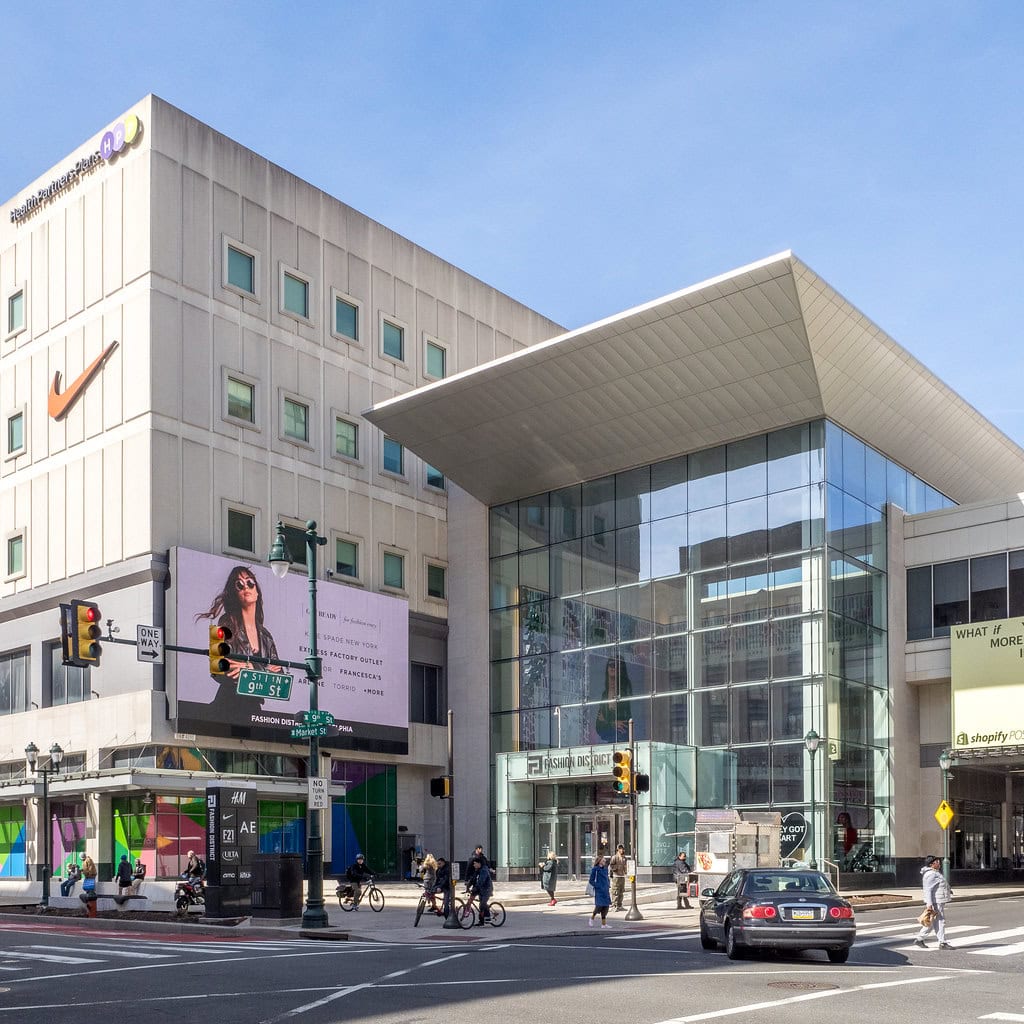
Policy Shifts and Security Measures in the Mall Economy
Security has shaped Fashion District Philadelphia's story more in the past two years than any store opening.
On April 17, 2023, mall operators announced a strict new curfew: after 2:00 pm, anyone under 18 must be with someone at least 23 years old.
The policy hit fast, leaving little time for regular shoppers to adjust.
The rule came after a series of incidents involving large groups of teenagers gathering in the mall.
Reports of disturbances, though few escalated to physical confrontations, triggered action from both management and city officials.
The security measure was also meant to protect the retailers still invested in holding their ground at Market Street's heart.
By late April 2023, employees under 18 had to carry proof of employment to pass through security checks if they stayed past the curfew hour.
According to local reports, enforcement was somewhere between firm and flexible, depending on the day and foot traffic.
SEPTA's 8th Street, 11th Street, and Jefferson Station stops feed directly into the complex, making the task even harder.
Transit hubs naturally attract younger crowds, and mall operators have few tools to screen visitors until they are already inside.
By early 2025, the curfew remains in place without a scheduled end.
Some tenants credit it with helping calm peak-hour chaos, while others quietly note that foot traffic dipped after its introduction.
Balancing retail trade and security needs has never been simple at Fashion District Philadelphia, but 2023 and 2024 made the line even thinner.
Redevelopment Dreams and Commercial Real Estate Calculations
Fashion District Philadelphia's future spent most of 2022 and 2023 tangled in high-dollar ideas that never fully landed.
On July 21, 2022, the Philadelphia 76ers announced a $1.3 billion proposal to build a new arena, 76 Place at Market East, partly on Fashion District property.
Early plans mapped out an arena that would have upended the mall's retail-first strategy and rebranded Market Street for sports crowds.
By mid-2023, though, heavy community opposition stopped the plan cold.
Preservation groups, neighboring businesses, and transit advocates pushed back hard.
By January 2025, the 76ers had abandoned the Market East idea and reached a deal with Comcast Spectacor to stay in South Philadelphia's Sports Complex instead.
In the meantime, the mall continues to lease space to brands willing to gamble on the current traffic.
The question hanging over Fashion District Philadelphia's next chapter is how much longer that model can last without deeper changes.
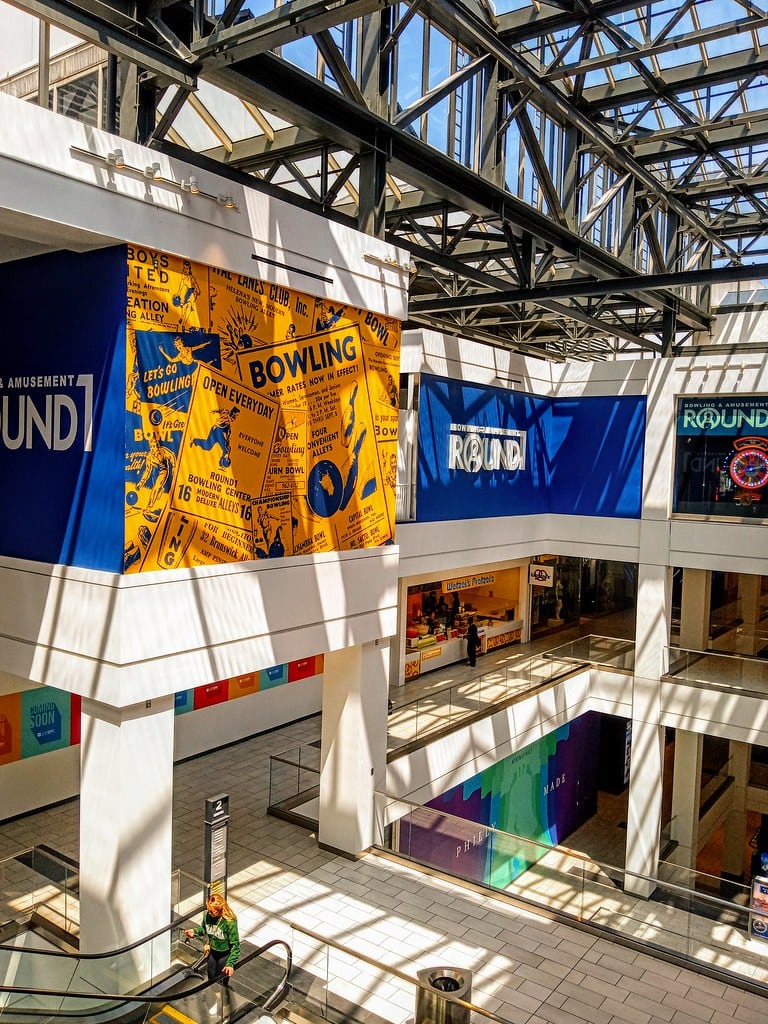
🍀

